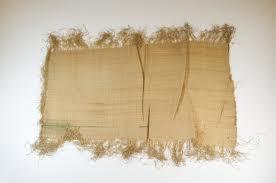Kongo's economy was based on the use of shell money; shells found on the coast. Locally it was known as Nzimbu. Nzimbu shells were fished from the island of Luanda and kept as a royal monopoly. The smaller shells were filtered out so that only the large shells entered the marketplace as currency. The Kongo would not trade for gold or silver, but nzimbu shells, often put in pots in special increments. Kongo's "money pots" held increments of 40, 100, 250, 400, 500. For especially large purchases, there were standardized units such as a funda (1,000 big shells), Lufuku (10,000 big shells) and a kofo (20,000 big shells).
The selling of enslaved people was used widely in the kingdom of Kongo before the Portuguese infiltrated the Kingdom, but used more extensively after the Portuguese influence.
In the 17th century the currency was changed from shell money to raffia cloth. This change was due to the increasing value of cloth and less value for shells.



